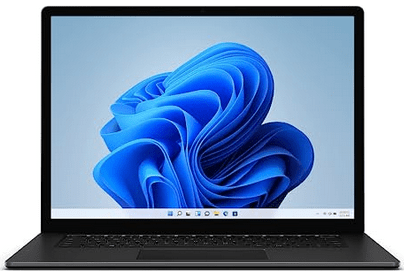Somalytics, a Seattle-based sensor company is showing a wearable eye mask that can detect eye movements during sleep at Las Vegas’ Consumer Electronics Show.
According to the company, its SomaSleep Mask can monitor eye movements during REM (rapid-eye movement) sleep. This stage is crucial for memory and learning.
The device could help people “really recognize changes in the quality of sleep, changes in rapid eye movement, that can be caused by external influences,” said CEO Barbara Barclay in an interview with GeekWire.
Barclay said that this tech can be integrated with other sleep-monitoring software and hardware, which measures functions such as motion, respiration, heart rate and breathing. “It’s sort of a ready-made market, if you will, because they all want to track sleep accurately,” she said. However, REM sleep can be difficult to determine right now.
Sleep centers use special electrodes to track REM sleep. Barclay stated that new glasses may be an easier-to-use, more accessible option.
Somalytics produced the parts for the prototype SomaMask, but plans to partner with a manufacturer in the future. For $199, the SomaSleep Mask will be made available to consumers by 2023.
According to a spokesperson, the company has no plans for regulatory approval at the U.S. Food and Drug Administration. However, it intends to start studies in spring to compare data from the mask with results from traditional sleep studies.

One type of capacitative sensor that detects liquids and solids with no physical contact, Somalytics can sense eye movement. Such sensors emit electrical fields that can be disrupted by objects that enter the field — like moving eyeballs.
Somalytics’ sensors stand out for being tiny, flexible, inexpensive and easy to make, said Barclay. You will find carbon nanotubes in the paper. This allows you to produce an electrical field sensitive to very small disturbances.

Sensors are available in sizes ranging from 1 to 11 cm. They are as thin as a human hair and can “feel” the human presence at up to 20 cm away.
You can adjust the voltage to change the sensing distance. The tech also adapts well for a variety of consumer, industrial and healthcare use cases. Thirty different larger companies are evaluating Somalytics’ sensors in areas like computing, consumer electronics, the internet of things and appliances, said Barclay.
The company’s core sensor technology was recognized as one of 21 honorees for a CES Innovation Award in the embedded technology category.
The company will also be exhibiting a touch-screen device at CES.free The cushion can be used to assess your breathing and has a light switch as well as a backrest-like pillow. Barclay stated that four sensors on the cushion could detect unusual breathing patterns.
Hyundai also asked Somalytics to assist in the development of a prototype gesture control automobile door handle. The handle was recently featured at Hyundai’s Open Innovation Lounge, a startup exhibition, in collaboration with Hyundai partner SL Corporation.

UW associate professor of mechanical engineering Jae-Hyun Chung developed the technology, featured in a series of publications. Chung co-founded the company last year with two graduate students in his lab, Zhongjie Qian, and Viggy Sak, who have since graduated and are now Somalytics employees. The company has moved to a 2,400-square-foot Redmond space, Wash., after raising $1.9 million.
Manufacturing takes place in about half of the new space and involves a “roll to roll” processing procedure to embed the nanotubes in the paper. Machines form the shape of sensors, then wrap them in polyethylene. This six-person company plans to manufacture 10,000,000 sensors annually by 2023.


